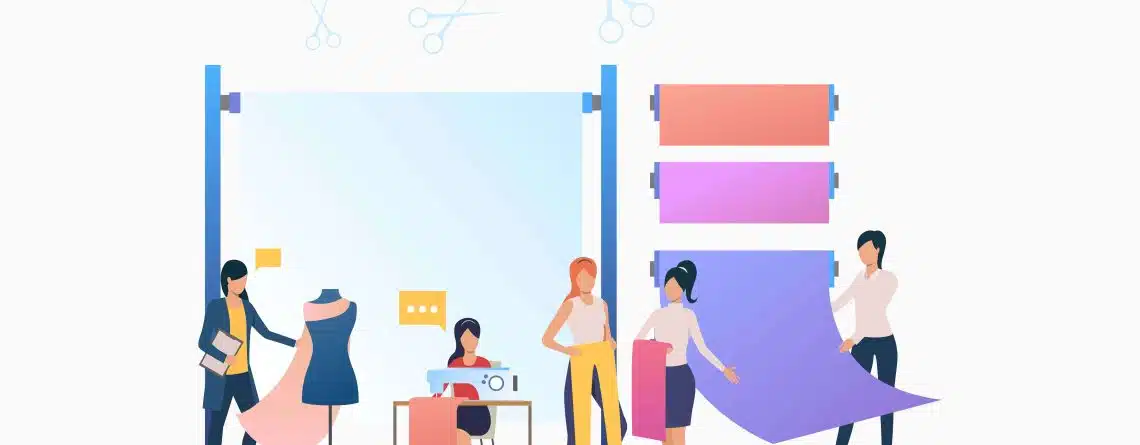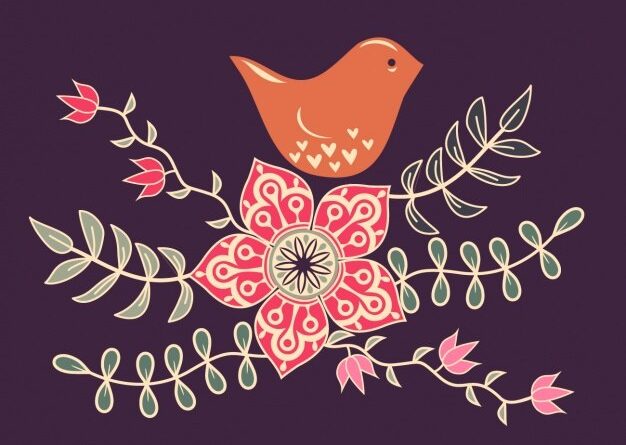Top 5 Mistakes Companies Make When Submitting Vector Files for Digitizing
When you’re preparing vector files for embroidery digitizing, precision matters. A small mistake in file setup can cause stitching errors, color mismatches, and poor-quality results. At NKEMB, we often receive artwork that needs fixes before digitizing. Let’s explore the top five mistakes companies make and how to avoid them.
1. Submitting Raster Images Instead of Vector Files
Many companies send raster images, like JPG or PNG files, thinking they’re ready for digitizing. These images are pixel-based and lose quality when scaled. Vector files, on the other hand, stay sharp and scalable at any size.
If you’re unsure how to convert your artwork, learn more in our detailed guide on Raster to Vector.
2. Ignoring Line Thickness and Detailing
Thin outlines and overly complex details may look great on a screen but don’t always translate well into stitches. For embroidery, lines that are too fine can break or disappear. Simplify your design before sending it for digitizing.
NKEMB’s Vector Art for Beginners: A Step-by-Step Guide is a great starting point to understand how to prepare clean and stitch-friendly artwork.
3. Using the Wrong Color Palette
Colors in digital design often differ from embroidery threads. Sending a file with unadjusted RGB or CMYK colors can cause mismatch issues. Before submitting, choose thread-compatible colors or provide thread codes.
For a deeper understanding of color balance, explore NKEMB’s insights on Color Theory in Vector Art.
4. Forgetting to Convert Fonts to Outlines
One of the most common problems is missing fonts. If your text isn’t converted to outlines (also known as paths), it may not display correctly on the digitizer’s system. Always outline or expand your text before exporting your file.
NKEMB emphasizes professional preparation because even one missed font can delay production. You can read how Professional Digitizing and Vector Conversion Matters when ensuring accuracy and speed in embroidery work.
5. Submitting Files in Unsupported Formats
Different embroidery software supports specific file types. Sending files in unsupported or outdated formats can lead to delays. Always confirm acceptable file formats before submission.
If you want to stay updated with modern trends, read The Latest Vector Art Trends in 2025: Pushing the Boundaries of Design.
Why Choose NKEMB as Your Next Vector Project Partner
Choosing NKEMB means partnering with a team that understands every technical and creative aspect of vector and embroidery digitizing. We offer precise editing, color correction, and scalable designs that fit every embroidery need.
Our Vector Services help businesses deliver production-ready artwork that stitches beautifully on any fabric. From cleaning up rough sketches to refining brand logos, NKEMB ensures every design converts perfectly from vector to stitch.
FAQs
1. What file formats should I send for digitizing?
Send vector files like AI, EPS, or SVG. These formats keep your design sharp and editable.2. Can I submit a raster image for conversion?
Yes, but it needs conversion first. NKEMB’s Raster to Vector service can prepare your image for embroidery.>3. Why does color correction matter in vector art?
Thread colors don’t always match digital shades. Using proper color theory, as discussed in Color Theory in Vector Art, ensures consistent embroidery results.
4. How do NKEMB’s services differ from others?
NKEMB focuses on detail, file compatibility, and design precision. You can learn why Professional Digitizing and Vector Conversion Matters for achieving flawless embroidered results.




